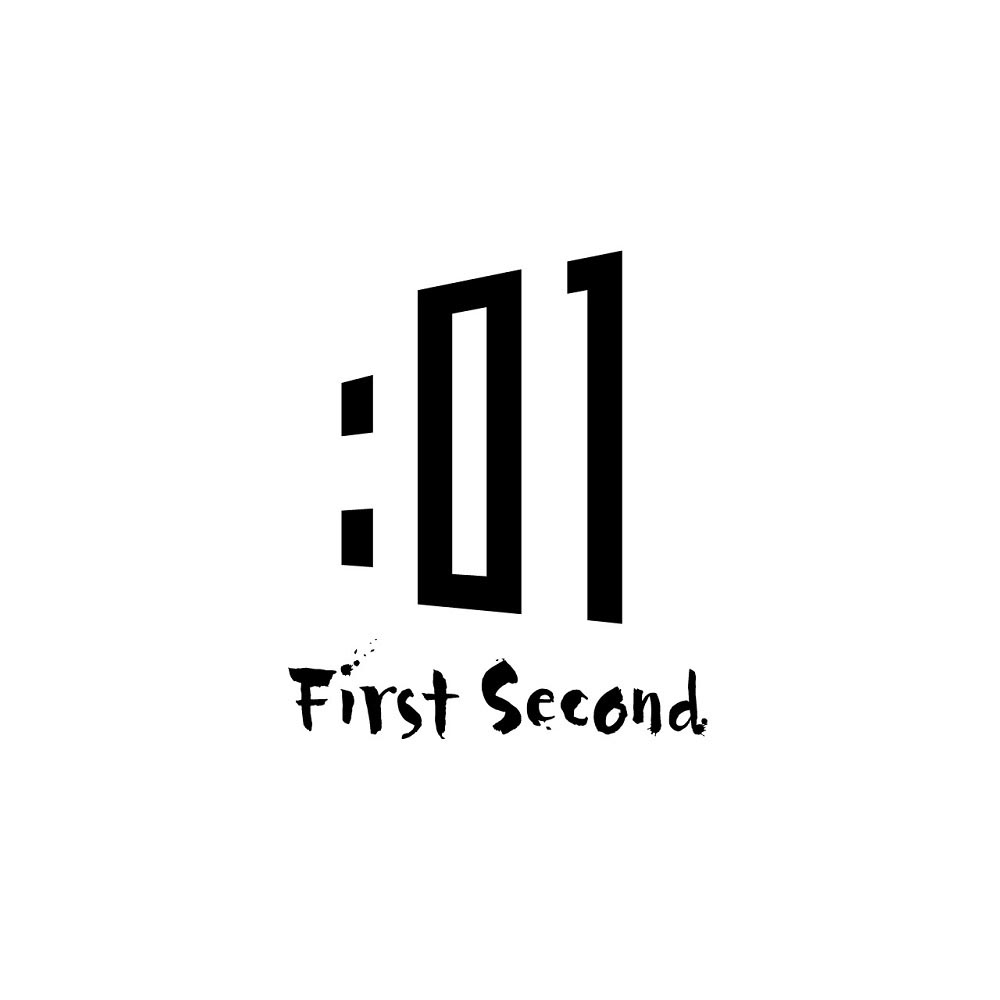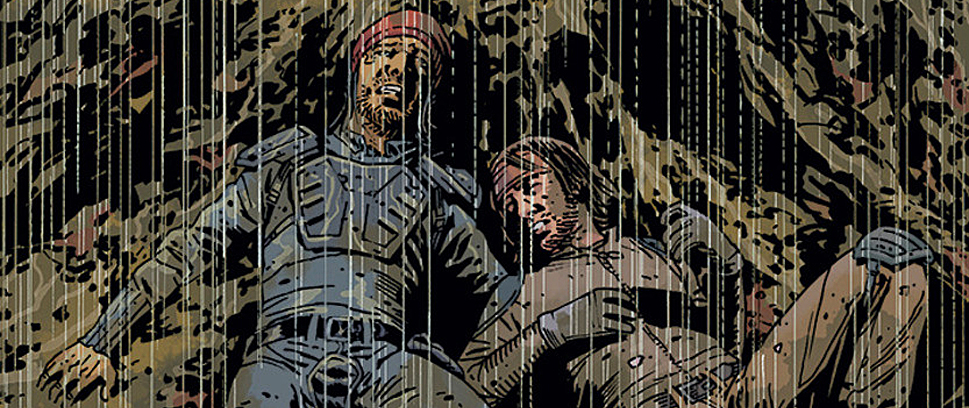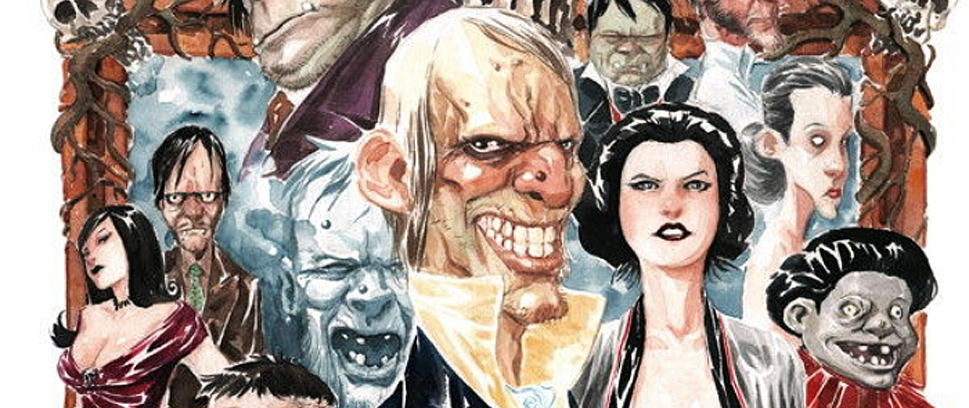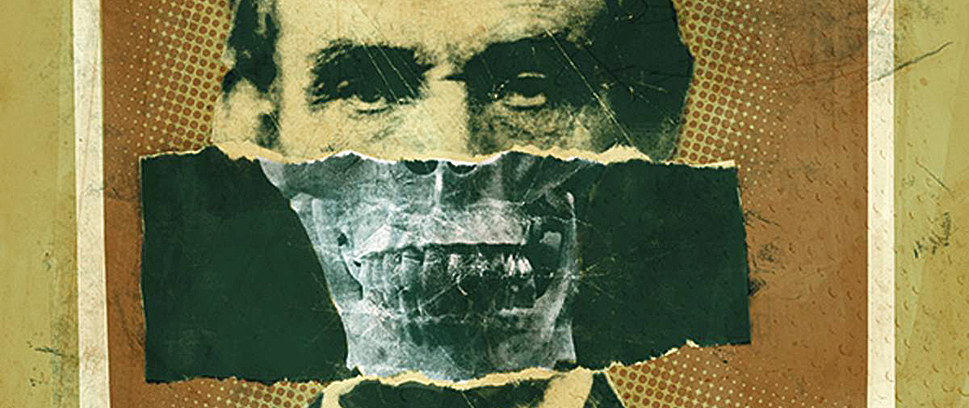
A Year at a Comics Store
 This column is a reprint from Unwinnable Monthly #134. If you like what you see, grab the magazine for less than ten dollars, or subscribe and get all future magazines for half price.
This column is a reprint from Unwinnable Monthly #134. If you like what you see, grab the magazine for less than ten dollars, or subscribe and get all future magazines for half price.
———
Your next favorite comic.
———
Most of my friends and family do not read comics or graphic novels. When I ask them why, they all say the same thing: comics are confusing.
The comics industry can be strange, intimidating and often exclusionary. There are barriers to entry, preventing the masses from jumping in. My desire to get amazing comic books in the hands of non-readers and my starting work at a comic book store led to me starting this column. After a year of both, I wanted to share some takeaways from 2020 as a new comics reader myself.
A Good Bookseller is an Invaluable Resource
Walking into any bookstore is like walking onto another planet. There is an overwhelming amount of titles, genres, authors, sections and books (so many books). Unless you have something specific in mind, browsing can quickly become overwhelming.
A good bookseller solves this problem. They are the ultimate resource, whether its recommendations, locating an item, sharing information about publishers, imprints, release dates, popularity, stock levels, whatever, a good bookseller is your guide to a complex and overwhelming world that would otherwise be inaccessible.
So if you ever encounter a good bookseller, be nice to them. Okay? Okay.
The Marvel and DC Problem

When I first started at the comic book store, the only comic publishers I knew by name were Marvel and DC. Boy what a greenhorn I was.
There is so much more to the comics medium than Marvel and DC. Let me repeat that. There is so much more to the comics medium than Marvel and DC.
I don’t blame anyone for only knowing the aforementioned Big Two. They hold the biggest IPs, biggest market shares and largest amount of space on the shelf. My main issue is that Marvel and DC have, historically, published the most inaccessible books ever. A large reason none of my friends and family read comics is because comics means Marvel and DC, and Marvel and DC’s comics are exceedingly confusing. “What is an ‘Issue #0?’” “Is a trade paperback the same thing as a softcover?” “This one says volume one, but so do these five other Spiderman books.” “Is Batman Joker War the same thing as Batman Universe?” “Which X-Men story am I supposed to start with?” “Which of these series are any good, anyway?” The questions are justified and endless.
Thankfully, most other big comics publishers have much more accessible catalogs.
Each Publisher Fills A Different Role
I know a lot more comic publishers by name now. Image, Dark Horse, Drawn & Quarterly, IDW, they all play a role in the bookstore. Here is my experience with a few of them and what role they played as I became a bookseller this year.
Marvel

Marvel is my personal nightmare. Understanding the way they publish books baffles me. Don’t get me started on understanding the actual “Marvel Universe.” Simple things like being able to look at the shelf and differentiate 2013’s Guardians of the Galaxy series from 2017’s and 2020’s is very difficult. And if it’s difficult for me, who, y’know, works at the bookstore, you bet it’s difficult for potential readers.
Marvel is the current champion of single issue/periodical style comics. These are the four to five dollar, thirty-five-ish page, weekly or monthly comics you only find at a comic book store. This is also my least favorite comic format. It’s the most expensive, the pages are often filled with ads (think magazines) and the format is highly restrictive for writers and artists. I do not think this format is the future. Sales data agrees.
Marvel loves big, interconnected storylines. Think the Marvel Cinematic Universe is complicated? Try the Marvel Comic Universe. Unless you are in the thick of it, keeping up with these hulking “event storylines” is impossible. Even after such storylines are over, Marvel doesn’t reprint them in accessible formats. Often you’ll see them collected in mammoth sized omnibus books that have thousands of pages, tons of different writers and artists, weigh over 6 pounds and cost somewhere between $100 and $250. Not the easiest thing to recommend, or carry home.
The only two highlights I can point out from Marvel are their full reboot of X-Men and their small-sized book fair reprints. Both of these started, well, last year, but hey, I started this whole comics thing this year.
The major positive of Jonathan Hickman’s X-Men reboot is simple: it’s nice to have a definitive new starting point for the X-Men, a book I can hand someone and not have to attach five pages of summary context to. The name of the starting point reboot book though, “House of X/Powers of X” is totally confusing, especially considering they named the sequel series “X-Men.”
The small format book fair reprints are much more interesting to me. Essentially, to gain favor at book fairs (primarily Scholastic’s book fair), Marvel reformatted and reprinted some of its best series into smaller, thicker, more affordable, graphic novel style books. As book fairs largely target the all-ages demographic, these series are largely recent, young adult affairs, but that happens to be where many Marvel hits are. Series like Willow Wilson’s Ms. Marvel and Brian Bendis’ Miles Morales are huge standouts and they are in good company with series like Moon Girl and Devil Dinosaur, Hawkeye: Kate Bishop, Shuri and more. You can pick up book one of any of these series and know that you are starting at the start, no context, issue #0s or handbooks needed.

DC
The other comics juggernaut, I expected DC to be similarly inaccessible. While DCs single issue comics sometimes fit that description, its other offerings do a fairly good job collecting and presenting material to newcomers. DCs reprint style, alongside its dedicated publishing imprints, place it leagues ahead of Marvel in terms of accessibility to new readers.
First, the reprints. DC has done an excellent job collecting and reprinting material into easy-to-read paperbacks. There are amazing stand-alone books like Watchmen, DC: The New Frontier, and Daytripper, in addition to amazing stand-alone series like The Sandman. But even for long-running, complex superhero IPs like Batman, DC has figured out how to publish stories in an accessible way. Instead of focusing on chronology, timelines and continuity like Marvel has, DC’s paperbacks place more emphasis on story arcs and creators. Because of this, you’re unlikely to find the artist or writer suddenly change between chapters like in some Marvel books. DCs paperbacks for critically acclaimed stories like Batman: The Long Halloween, Batman: Year One and All-Star Superman effectively act as standalone material, making them a million times easier to pick up.
Second, imprints. In the past five years, DC has made, consolidated or relaunched distinct publishing imprints, leading to its own distinct publishing houses like DC Black Label, Hill House Comics, DC Graphic Novels for Kids and DC Graphic Novels for Young Adults. All of these imprints publish extremely accessible books you can hand someone without much context. DC Black Label, in particular, publishes many hit “non-canon” superhero books like Harleen and Wonder Woman: Dead Earth. The “non-canon” status of the imprint means creators and readers don’t need to worry about the baggage and backstory of the “official” DC comics canon. Meanwhile, DCs imprints for younger readers focus almost entirely on accessible graphic novels. DC Kids and DC Young Adult have published some of the best selling and easiest to recommend superhero graphic novels in recent memory with titles like Teen Titans: Raven, Superman Smashes the Klan, Green Lantern: Legacy and more.
While discussions of Marvel versus DC forever run rampant, DCs efforts towards reprints, new imprints and graphic novels have put it thoroughly ahead of Marvel in terms of accessibility. It’s also put them literally ahead of Marvel in graphic novel sales.
Everyone Else
Most of the best work in comics comes from outside Marvel and DC. Perhaps it is unfair to compare two superhero publishers to a bunch of more traditional ones. But they all stand side by side in a bookstore, all vying for your dollar, so the comparison exists regardless.
 Image Comics
Image Comics
Image Comics holds the third largest comic store market share and for good reason: they publish a huge, wide ranging batch of riveting (and not-so-riveting) series. Image’s strength lies in its diversity of titles, genres, styles and creators, meaning they have something for everyone. On top of that, their printing style makes sense, with series having consistent authors, book designs and numbering methods. Image’s Saga, The Walking Dead, Monstress and Paper Girls are incredibly good and incredibly popular, consistently selling out and consistently bringing new folks into the comic book store.
While series from Image have less consistent publishing schedules than many other publishers, I believe art takes time and can let delays and hiatuses go if the final book ends up being worth the wait.
 Dark Horse Comics
Dark Horse Comics
Dark Horse is the king of media tie-in comics. Did you know that there are comics for Stranger Things? Avatar: The Last Airbender? The Witcher? Assassin’s Creed Valhalla? Cyberpunk 2077? Dark Horse publishes all of them. These comics bring in new readers almost every day. For that alone, I am a fan of Dark Horse. Added on to that, their books are usually stand alone, thicker paperbacks, a very accessible and easy to understand format.
Their media tie-in work, combined with consistently popular series like The Umbrella Academy, Hellboy, Berserk and Critical Role means Dark Horse is the king of its own niche.
 First Second
First Second
First Second, an imprint of Macmillan Publishers, largely publishes graphic novels for all-age and young adult readers. Because of this, First Second (and similar imprints like Graphix) avoid nearly all the accessibility problems plaguing single issue publishing. While infinitely smaller than Marvel and DC, First Second’s book catalog has a wide reach, stocking shelves in all kinds of bookstores everywhere. Some of their hit titles, like On a Sunbeam, The Adventure Zone and Laura Dean Keeps Breaking Up With Me, remain favorites of mine, and favorites of comic newcomers.
Manga is King

I haven’t talked about manga (comics from Japan), and I really should. The manga section of our store, while small, is always the busiest. Manga sell with tremendous frequency. And like First Second’s graphic novels, you’re likely to find manga in every kind of bookstore, not just comics shops.
Despite literally being read backwards (right to left), manga remains accessible, both in price and story content. 99% of the time, you do not need to worry about spinoffs, tie-in books or “extended universe” content. Add onto that their small form factor, softcover style and black and white pages, manga is easy to buy and easy to read. With a wealth of amazing series and publishers to choose from, it’s no wonder manga has taken more and more comic market share recently. From popular action series like My Hero Academia, One Punch Man, Demon Slayer, Akira and Dragonball to any series created by visionaries like Junji Ito or Naoki Urasawa, the list of good, easy-to-recommend manga goes on and on.
The Sales Data
Taking all of that into account, comics sales data and trends start to make a lot of sense. While I am tempted to share snippets of shoddy 2020 sales data, 2020 was an extremely weird year, so here is the much-more-complete, much-more-normal data from 2019.
For the first time ever, comic books had larger total sales in traditional bookstores and online retailers as compared to comic stores. Things have been heading in that direction for a while, but it’s still a big deal. The sales by format chart helps to show why.
Sales have been trending towards graphic novels for years now. The format, as discussed, is more accessible in nearly every way. 2019 really solidified this trend.
The Future
Graphic novels have allowed the comics medium to expand beyond the niche comic book store into the greater bookselling landscape. That’s a win, anyway you spin it.
As for comic book stores, I believe they will always have their place. I hope to make mine, and the comics medium as a whole, more accessible to all.
I’ll see you in 2021.
———
Harry Rabinowitz is a writer and editor focused on technology and entertainment. You can find him on Twitter, probably talking about Dungeons & Dragons, @harryrabinowitz.





